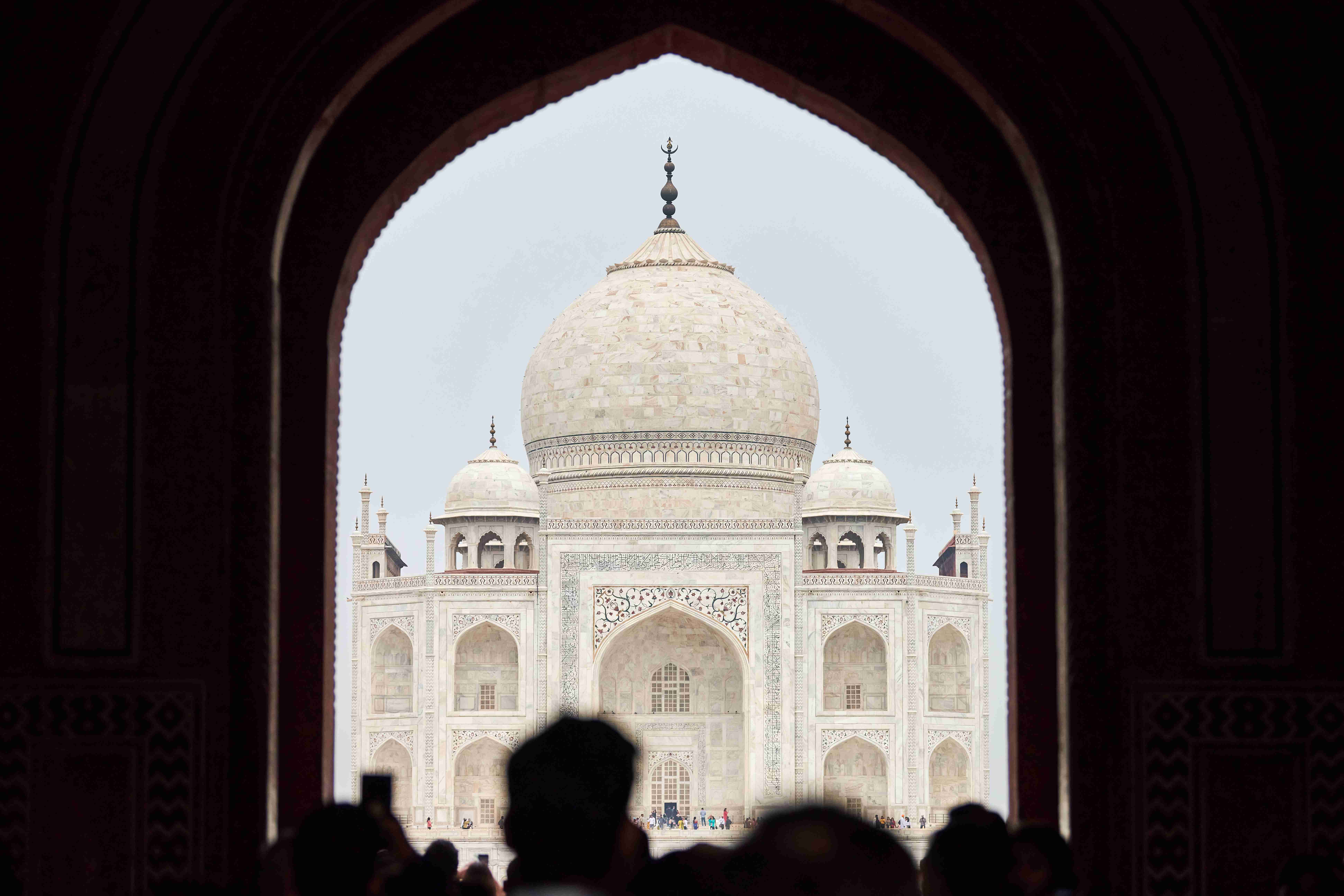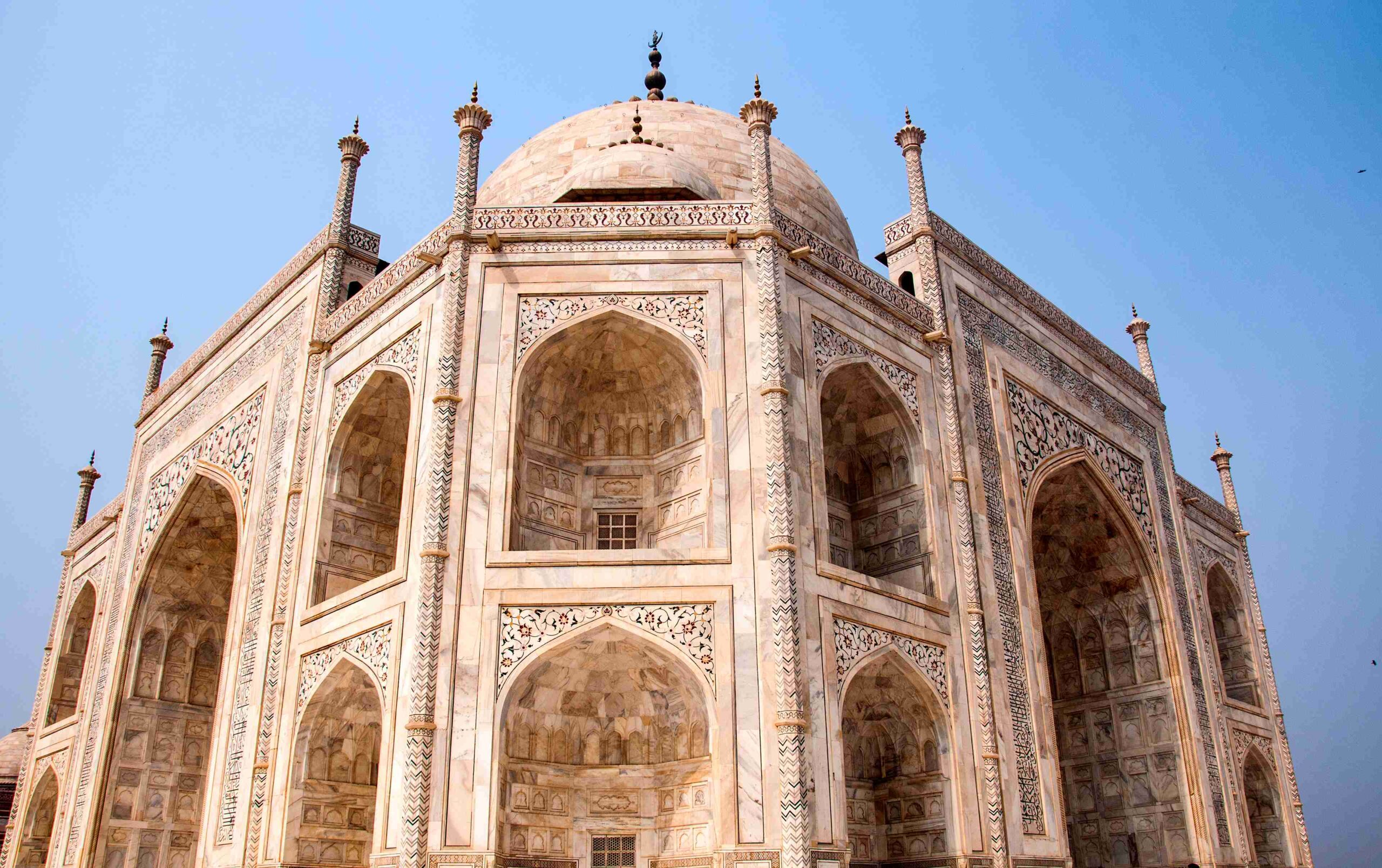Taj Mahal’s Hidden History: Was It a Vedic Temple?
The Taj Mahal, celebrated worldwide as a symbol of eternal love, has long been attributed to the Mughal emperor Shah Jahan as a mausoleum built for his beloved wife, Mumtaz. However, a growing body of evidence suggests that this magnificent monument might have far deeper and older roots, possibly as a Vedic temple or palace complex originally constructed by Hindu rulers.

Architectural Clues of a Vedic Past
Numerous studies and historical documents point toward architectural and cultural elements that reveal a significant Vedic influence in the design and symbolism of the Taj Mahal.
Several architectural features of the Taj Mahal hint at its potential origins in Vedic tradition:
- Octagonal Design: Traditional Hindu temples often incorporate octagonal elements to represent the ten directions — the eight cardinal directions plus the zenith and nadir. The Taj Mahal’s layout, with its seven or eight stories and the prominent use of octagonal motifs, aligns with this ancient Hindu architectural concept.
- Iconography and Symbolism: The intricate carvings, lotus motifs, and the so-called trident pinnacle found on the dome are more consistent with Hindu symbolism than with conventional Islamic aesthetics. In Hindu tradition, the lotus is a sacred symbol of purity and divine beauty, while the trident is associated with Lord Shiva, one of the principal deities in Vedic culture.
- Hidden Chambers and Inscriptions: Historical records and some recent investigations suggest that beneath the polished marble of the Taj Mahal lie secret rooms and inscriptions that have been sealed off since Shah Jahan’s time. These spaces might contain evidence of Sanskrit inscriptions and iconographic elements typical of Hindu temples — elements that have been concealed or reinterpreted by later rulers.
Such details all show in one direction and couldn’t be ignored no more.
Rewriting a Distorted History
Historical texts and some archival documents imply that the Taj Mahal may pre-date Shah Jahan by several centuries. There are claims that it was originally a Hindu or Vedic temple complex that belonged to a powerful Hindu king, possibly King Jai Singh, before being acquired and repurposed by the Mughal emperor.
In support of this theory, some historians point to:
- Photographic and Documentary Evidence: Photographs discovered in old archives, stamped with the mark of the Archaeological Survey of India, suggest that key features of the Taj Mahal display unmistakable Vedic architectural characteristics. Although these photographs have not been widely publicized, they offer compelling insights for researchers.
- Comparative Analysis with Other Structures: Similar Vedic influences have been observed in other historic buildings across India, such as certain elements of the Red Fort and ancient palaces in regions like Burhanpur. These comparisons highlight recurring motifs, such as the use of lotus designs, sacred arches, and decorative elements, that are central to Hindu temple architecture.

The evidence pointing toward a Vedic origin of the Taj Mahal challenges the long-accepted narrative of its construction solely as a symbol of Mughal romanticism. It raises important questions about the manipulation and distortion of India’s rich cultural heritage over the centuries. If these revelations are accurate, they suggest that India’s true history and the global influence of Vedic culture have been suppressed or overlooked.
A Call for Reassessment
The call for a thorough reexamination of India’s architectural and historical records is growing louder. Scholars, historians, and cultural activists are urging institutions to open archives and facilitate further research into the true origins of such monuments. By reexamining the Taj Mahal and other historic structures through the lens of Vedic culture, we can begin to restore a more accurate understanding of India’s glorious past.
In the end, while the debate continues, the increasing number of evidences serves as a reminder that history is often more complex and multifaceted than it appears. The story of the Taj Mahal may well be one of many chapters in the grand saga of Vedic civilization — a saga waiting to be fully unveiled.
